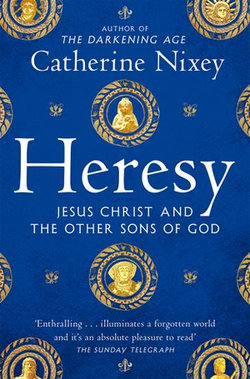‘In the beginning was the Word,’ says the Gospel of St John, and this sentence – and the words of all four gospels – are central to the teachings of the Christian church. They have shaped Western art, literature and language, and the Western mind.
But in the years after the death of Christ there was not merely one word, nor any consensus as to who Jesus Christ was or why he had mattered. Instead, there were many different Christs, among them the arrogant, aggressive Christ who scorned his parents and killed and crippled those who opposed him; the Christ who had a twin brother who travelled to India; and the Christ who consorted with dragons.
Why do we know so little about these early versions of Christ and of the beliefs shared by his followers? Quite simply because, starting in the fourth century AD, the ‘orthodox’ form of Christianity that had become pre-eminent set about systematically wiping out every other variation, denouncing them as ‘heretical’, their gospels ‘apocryphal’ and their followers ‘heretics’. Over the following decades, ‘heretics’ lost their rights, their property, their churches and, in some cases, even their lives.
In Heretic, Catherine Nixey, bestselling author of The Darkening Age, tells their extraordinary story. It is a story of contingency, chance and plurality; it is a story about what might have been.



Share This eBook: